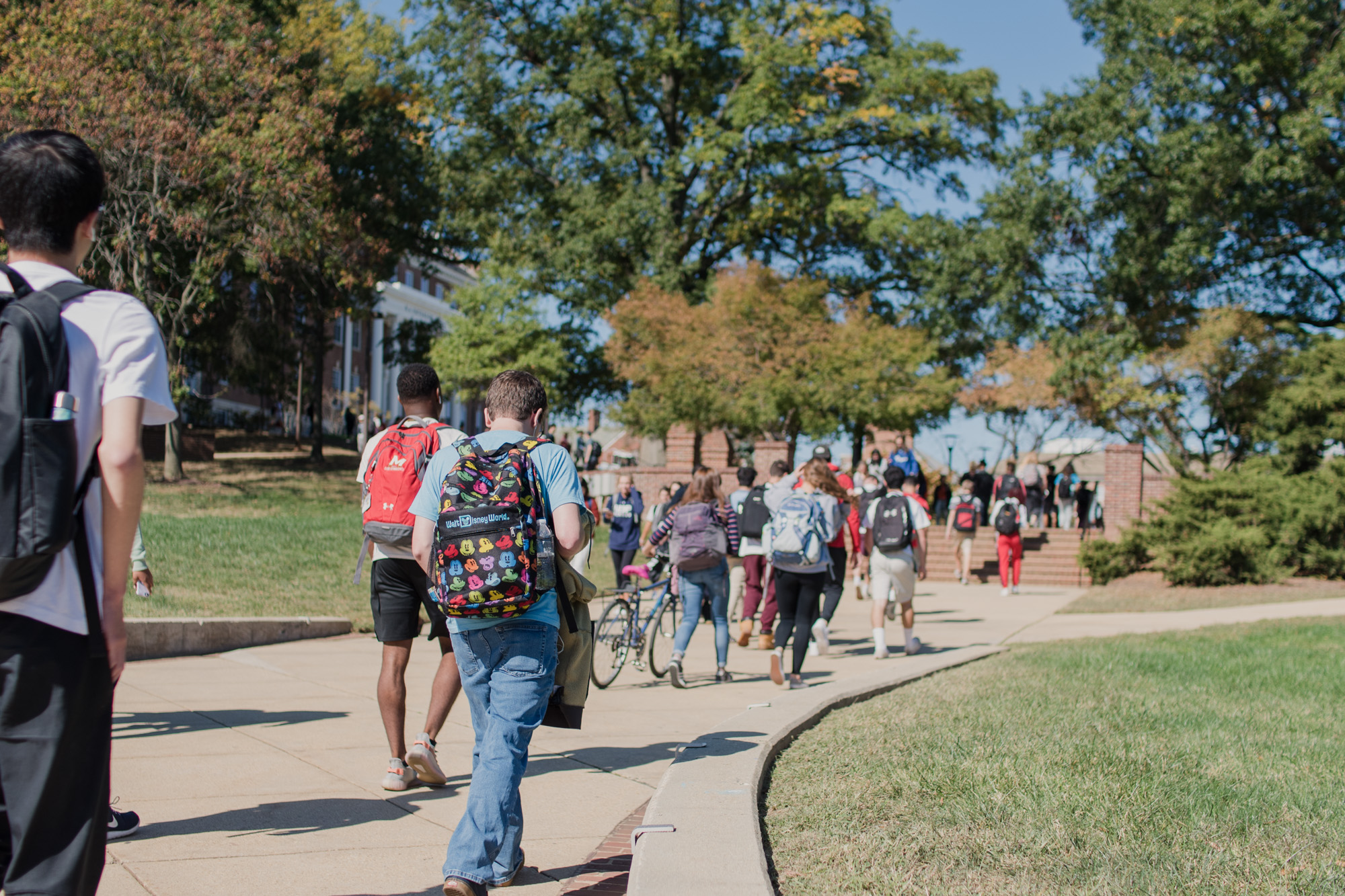Views expressed in opinion columns are the author’s own.
I recently saw a tweet that said: “Americans are only happy in college because it’s the only time they live in walkable communities.” Although this tweet was clearly intended as a joke, truth echoes in the statement. Colleges offer many amenities such as classrooms, libraries, gyms and food all within a close proximity of housing. Personally, I’ve found it refreshing to walk or bike to class and to have easy access to public transportation.
However, it’s hard to find too many other places in the U.S. that are arranged in similar fashion. For many Americans, walkability seems like a foreign, utopian concept existing only in Europe. It is hard to imagine walkable communities when our urban planning has been constructed around cars and suburbs. Yet, walkable communities have a plethora of advantages that make them perfect to confront issues of environmental degradation and inequity, while making us all healthier and happier.
The modern American cityspace results from a combination of extensive single-use zoning, cars and highways as well as the rise of the suburbs. Single-use zoning stipulates that only one type of land use is permitted in an area and was initially enacted to prevent incompatible land uses from being located next to each other, such as a school and an industrial factory.
When single-use zoning was adopted as the dominant zoning policy in the U.S., it forced city amenities to be located farther away from residential areas. Since residential areas became located further away from everything else, the burgeoning technologies of cars and highways became necessities for getting to places quickly and conveniently, resulting in the sprawling low-density cities and suburbs that we are familiar with today.
Single-use zoning is useful in certain contexts, like the aforementioned situation, but can be destructive when used too often. Creating sprawling cities dependent on cars leads to inefficient uses of space that are bad for the environment. Low density construction destroys more ecosystems for less people, and requires extensive roads and highways to transport cars, whose emissions contribute to air pollution and climate change.
City residents are adversely affected by urban sprawl too. Highways built throughout the city destroy and divide communities, many of which are communities of color, cutting them off from parts of the city and creating environmental risks. Cars are an inefficient way of transporting a lot of people and increased car use leads to more time spent in traffic. It creates car-centered cities that are more dangerous, impossible or unenjoyable to walk or bike in, and takes up space in the form of parking and roads that could be used to improve people’s lives such as increased housing, green spaces or pedestrian zones. Cars, and the necessary gas, maintenance and insurance, are also expensive, placing a large burden on lower-income individuals who must decide between the expense of a car or the inefficient and unreliable public transit systems across the U.S.
Walkable communities serve to remedy the problems posed by urban sprawl to create stronger and more vibrant cities. The 15 Minute City has grown in popularity recently, with an appealing vision of creating neighborhoods where all basic needs can be found in a 15-minute walking, biking and public transit radius. By reducing the need for cars, more public space can be dedicated to people in the form of green spaces, larger sidewalks and spaces where community members can interact, making us both happier and healthier. The decreased need for parking also frees up space for more productive development and can decrease rent costs, making these neighborhoods affordable and ubiquitous across the city.
For all their promise, there is still some work to be done to make sure the benefits of walkable communities are equitably in nature. An emphasis on ensuring high-quality amenities in every neighborhood, regardless of income, and that these neighborhoods stay affordable for their residents. Equity in planning will be necessary in order for walkable communities to be effective, instead of complicit, in solving the issues of today. Cities must also plan for individuals with disabilities and different mobility needs, so that they can safely and conveniently travel around their community.
Today, we are faced with enormous challenges including climate change and growing economic and racial inequality. American cities have historically contributed to these problems through the environmental and societal effects of urban sprawl. Walkable, people-oriented cities have the potential to revolutionize cities as we know them to create sustainable spaces that are healthy, convenient and accessible for everyone.
Cities don’t have to be the causes of our problems. Instead, they should be part of the solution.
Zach Wandalowski is a sophomore government and politics and economics major. He can be reached at zachwand@gmail.com.



